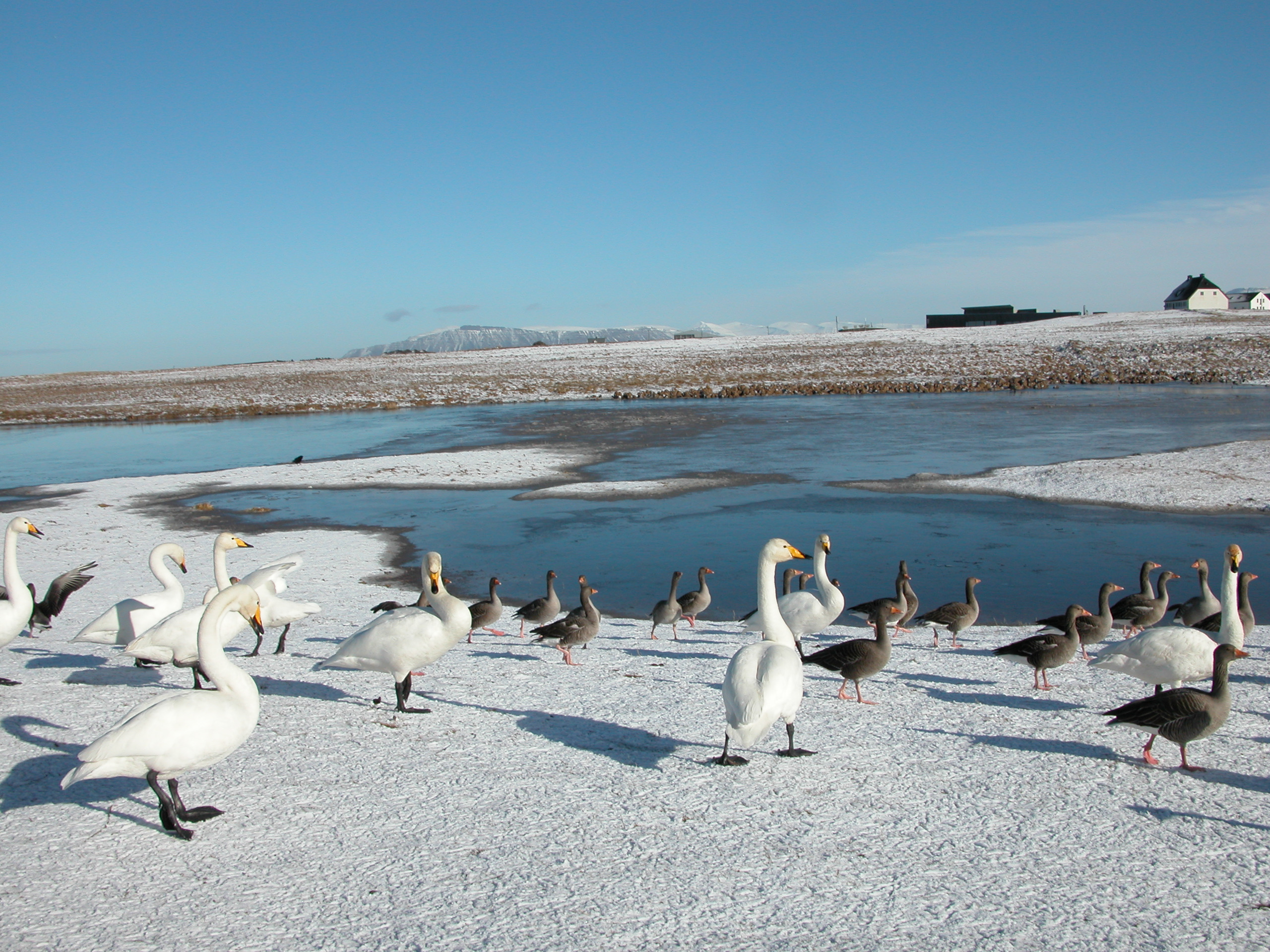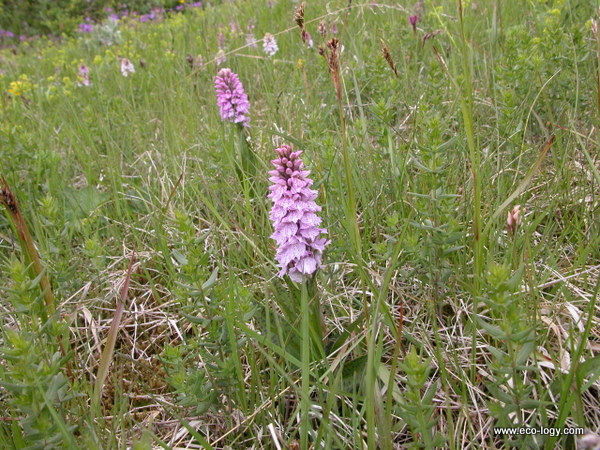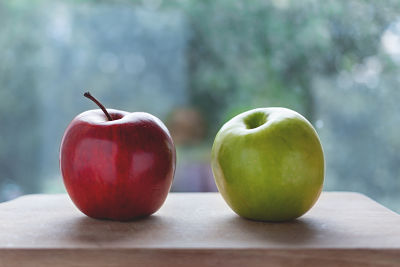Botany News
Botanical Information
Welcome to this first edition of Botany News!
TOPICS:
- A note from the editor
- Plants grown in northern gardens: Common Juniper
- Beetle herbivory on Passiflora vines
- Coastal vegetation of Iceland
- Submit your Botany News article!
- The flower box
Visit our website:
Eco-Logy.com
A note from the editor
HAPPY EASTER! Welcome to Botany News the new botanical online e-zine. I hope you will enjoy the material and I welcome feedback from you. If you like this new e-zine you could let your botanical friends know about it. Some of you are already signed up for receiving Botany News. The future of this e-zine depends on enthusiastic readers, willing to exchange information on plants and events in botany.
Plants grown in nothern gardens: Common Juniper
Common Juniper (Juniperus communis) is an evergreen woody plant with small stinging leaves. There are separate male and female plants. In Iceland, Common Juniper often has a creeping growth form, but sometimes forms upright bushes. In the wild, Common Juniper grows on heaths, cliffs and woodlands. The berries are used as a spice.
---------------------------------------------------------------------
The significance of beetle folivory for the growth of Passiflora vitifolia. - Botany News. March 2005. By Soffia Arnthorsdottir
Herbivory by flea beetles (Alticinae spp.) caused reduced growth of the host plant, Passiflora vitifolia, a woody vine associated with forest gaps in the tropical lowland rainforest. Experiments and observations were conducted on P. vitifolia in a tropical forest in Costa Rica. Beetle herbivory on mature P. vitifolia was associated with an increased proportion of leaf loss in the early wet season. However, a similar negative response was not shown in the late wet season.
When responses of plants to herbivory were compared for the experimental plants, a higher proportion of beetle damage was associated with reduced plant growth, shown as a lower number of leaves on individual P. vitifolia plants.
In one experiment, where the proportion of beetle herbivory levels was manipulated, the growth of P. vitifolia was directly affected. Beetle herbivory on the plants reduced their branch extension, but only when previous damage had occurred. The negative effect of beetle herbivory was also detected as a negative change in leaf numbers, regardless of whether the plants had received previous damage.
There is clear evidence of reduced growth of P. vitifolia with increased levels of beetle herbivory. The results show positive associations between beetle damage and net leaf loss, a measure of the balance between leaf formation and leaf abscission. This suggest that beetle damage may cause leaf loss to P. vitifolia. The correlation between beetle herbivory and leaf loss in the early season is an indication that beetle herbivory could be causing leaf abscission. The beetles only cause partial damage to the leaves, but this could result in physiological stress or chemical changes in the leaves. Surprisingly, little difference was found between plant responses in the contrasting experimental habitats. However, the greater impact of herbivory during the sunnier, early half of the rainy season indicates that seasonal differences in light levels could affect plant responses to damage.
The seasonally greater impact of beetle herbivory in the early as opposed to the late season is not directly related to higher levels of herbivory at that time. However, it may be partly explained by a relatively greater impact of physical factors in the late as opposed to the early wet season. Seasonal differences could be an indicator of the importance of internal resources for the responses of P. vitifolia to herbivory. After a long dry season, the plants may have inadequate stored reserves to recover after herbivory and this may result in reduced growth or leaf loss. Seasonal fluctuation in resources are likely affecting the response of P. vitifolia to damage.
Plants growing in natural habitats and at the experimental site showed an identical pattern. Both groups showed reduced growth in response to natural levels of beetle herbivory. Plants growing in the forest were much larger than the experimental plants. The similar responses of large and small plants indicate that large and small plants may have the same basic mechanism in their response to herbivory. The size or age of Passiflora may be correlated with plant quality as food for herbivores or herbivore apparency to predators.
There is evidence from the present study that previous damage causes the plants to be more susceptible to later damage. This conclusion indicates that herbivory acts as a physiological stress factor on the plants. It is concluded that beetle herbivory is important for the growth of P. vitifolia in the tropical lowland rainforest.
---------------------------------------------------------------------Coastal vegetation of Iceland
Coastal vegetation is shaped by the coastal terrain and salinity as well as amount and frequency of flooding by the sea. Here, you observe coastal plants well adjusted to saline soils and often growing as succulents. Lyme Grass (Leymus arenarius) as well as many weeds are found on the dunes; Lyme Grass is often sown into sandy dunes for the purpose of land restoration. Lower on the beach you find sea weeds.Salt marshes are a special vegetation type by the sea, salt marshes are only found where the sea floods the vegetation and there are muddy river deposits, Common Saltmarsh-grass (Puccinellia maritima) is characteristic of salt marshes in south Iceland. The dominant vegetation is interspersed with scattered patches of Fiorin (Agrostis stolonifera) and Sea Plantain (Plantago maritima). Eel-grass (Zostera marina) grows further on the muddy bottom of shallow sea.
Submit your Botany News article!
You can write on any topic related to botany. Short essays on plant biology are especially popular. It can also be a review on new botanical developments. Anything that will help your fellow botanists and make it possible for them progress in their work!
The articles need be approximately 300-1000 words. If needed or requested editing will be made of English and style. The editor may request some changes and articles that do not fit the profile or purpose of Botany News are not published. Your article is still yours and you keep the full copyright.
Submit your Botany News article!
The Flower Box
The plan is to organize a botanical course in Iceland in 2006. A formal announcement about the course will be made later this year. However, if you are interested contact us soon and let us know! A first circular on the meeting "State of Bryophyte Ecology 2005" is now available on the following web-site: Botany in Hungary This section publishes brief announcements about botany and related issues. Announcements about meetings, excursions, courses, jobs and other important items are consider for publication in this section. Announcements are generally less than 300 words. Submit your Botany News announcement!
Best wishes,
Soffia Arnthorsdottir
BOTANY NEWS is published by Thund, Reykjavik, Iceland
Contact us
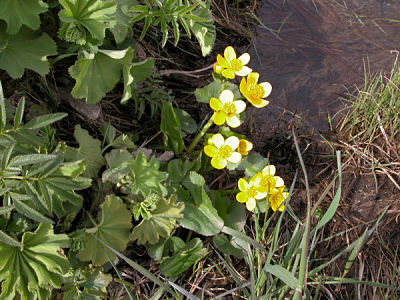
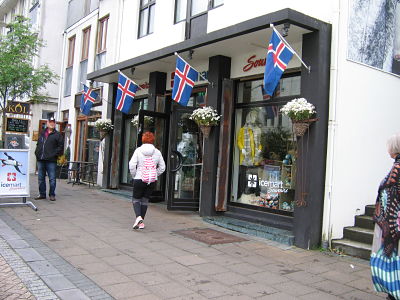

Skráðu þig til að fá Gróðurfréttir! - Sign up to receive Botany News!


